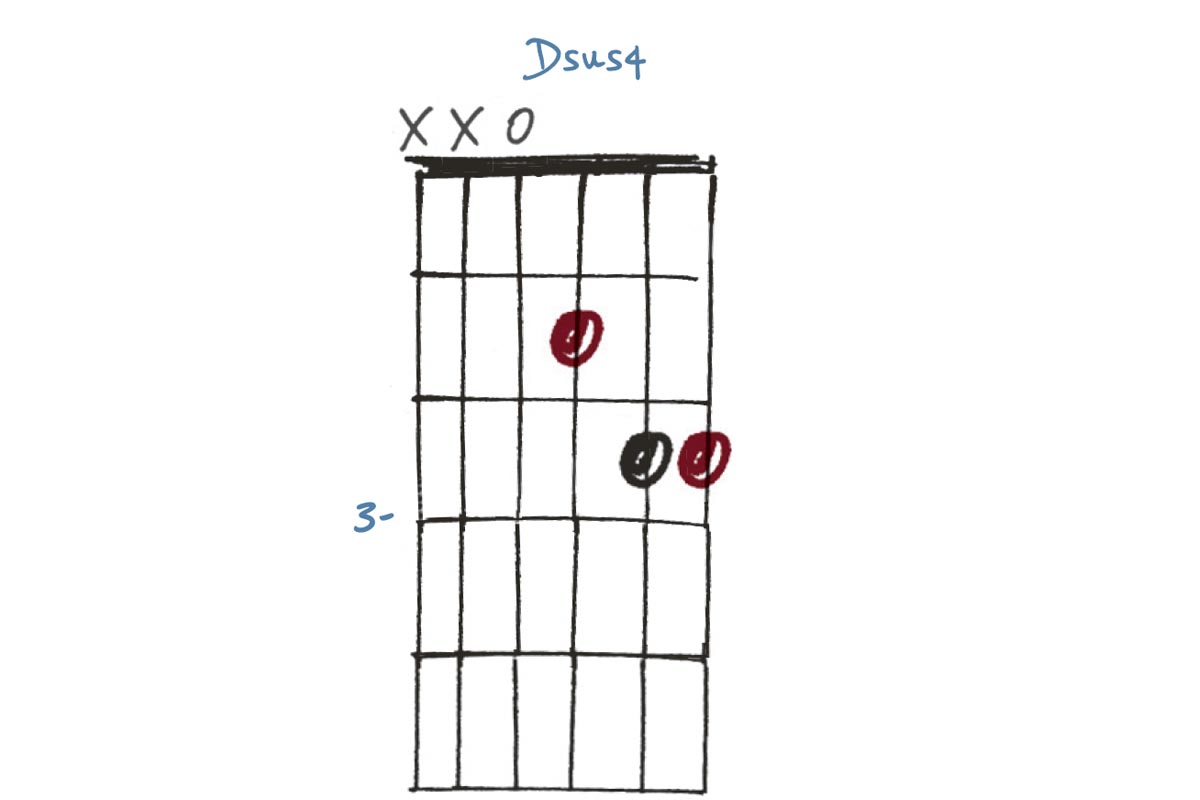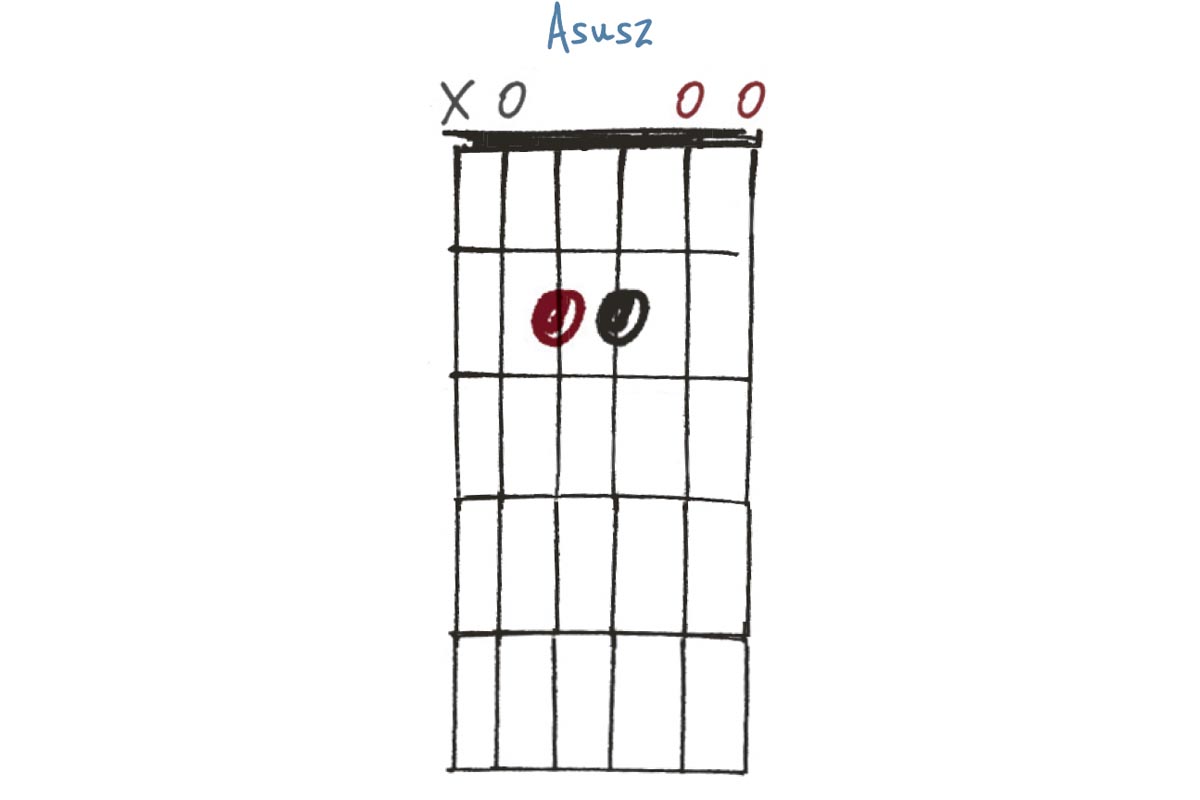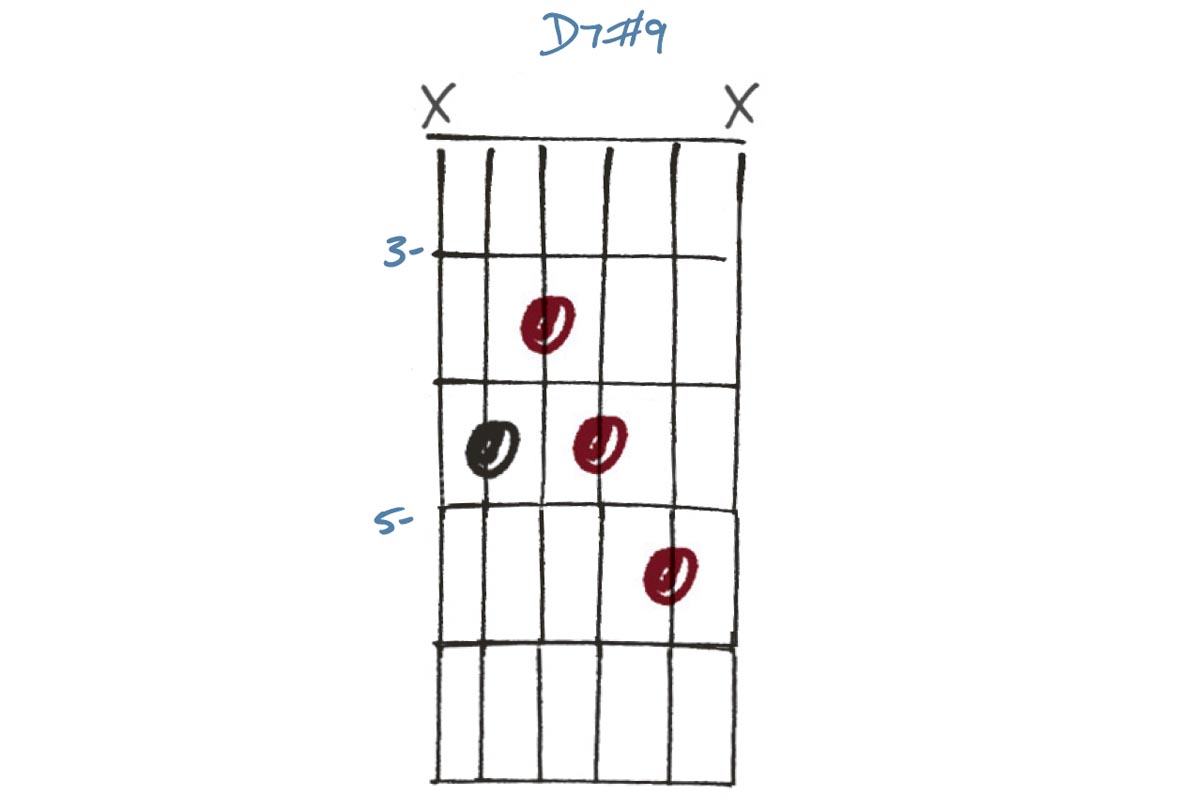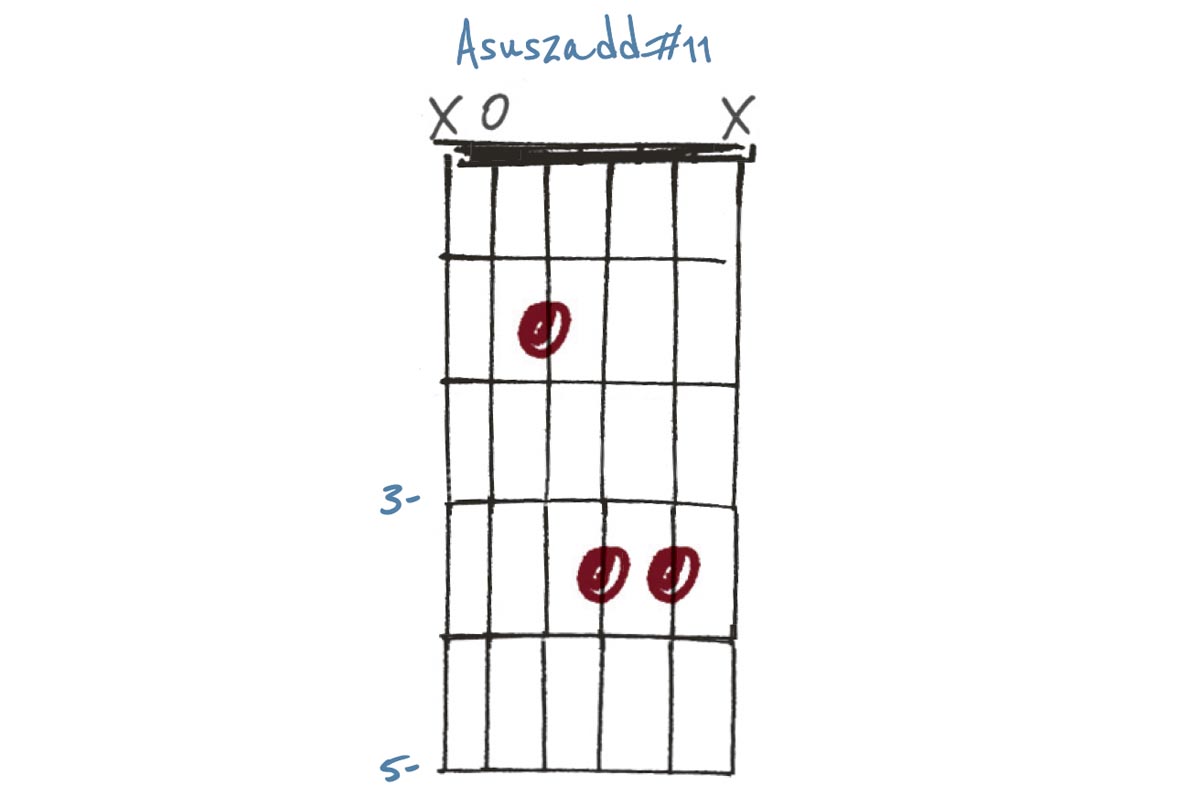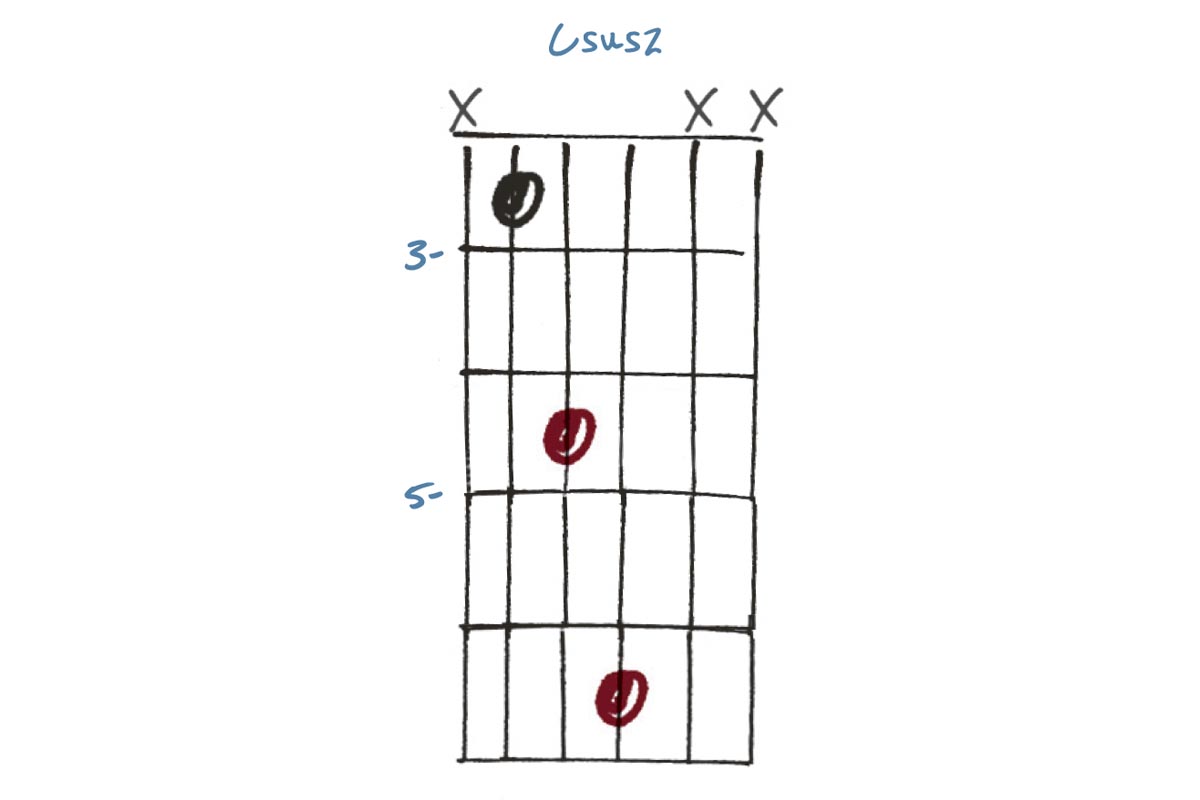Shake up your progressions with 5 chords that are neither major nor minor
How using the Hendrix chord and the sus chords favoured by Andy Summers can add intrigue and options for your songwriting

It’s fair to say that one of the most important distinctions we can make when classifying a chord is to note whether it is major or minor – because each has its own feeling or mood.
However, rock and blues frequently sidestep such classification by either avoiding the notes that would qualify a chord as major or minor – or by containing a contradictory selection of notes that make it impossible to say!
The 7#9 ‘Hendrix’ chord is a perfect example of this: it contains both the major and minor 3rd. As well as creating an alternative feel to ‘straight’ major or minor, these chords can have practical uses on a distorted guitar.
One reason powerchords often avoid major or minor 3rds is the dissonance that can occur due to these intervals being incompatible with the harmonics the distortion introduces. With these, not so much! You might not want the gain at maximum, but it’s surprising how far you can go to add interest to chord progressions that otherwise might seem to dictate powerchords.
Example 1 – Dsus4
This Dsus4 contains no 3rd, so can be heard as major or minor, depending on the context. Not only does this make it easier for it to sound in tune (major 3rds are notoriously tricky!) but it adds a certain complexity without messing with the harmonics of any distortion you may be using.
Example 2 – Asus2
This Asus2, like Example 1, has no 3rd, meaning it can stand in for any major or minor chords you may want to ‘toughen up’ by adding a little gain. It also makes for a more enigmatic feel because the guitar fills out the sound without adding any particular harmonic colouration or mood.
Example 3 – D7#9
Rather than avoiding 3rds, this D7#9 chord contains two: both the major (F#) and minor (F natural) 3rds are here, albeit an octave apart. Like a blues piano player trilling between major and minor (as they do), this chord forces both elements together. Slightly chaotic under distortion, but it works.
All the latest guitar news, interviews, lessons, reviews, deals and more, direct to your inbox!
Example 4 – Asus2 (add#11)
I’ve called this Asus2 (add#11), though I should point out it could be named in several ways – so if an alternative makes more sense to you, feel free to look at it that way.
Essentially, the Asus2 from Example 2 has been expanded with a D#, adding a suspended kind of feel at the high-end. Resolve this to a straight A major and you’ll see what I mean.
Example 5 – Csus2
Harmonically, we’ve been here before with a sus2 chord, but this voicing highlights how it could be viewed as an extended powerchord, like Andy Summers’ playing on Message In A Bottle, for instance. Just three notes, none of which are the 3rd, make this a great candidate for use with distortion.
As well as a longtime contributor to Guitarist and Guitar Techniques, Richard is Tony Hadley’s longstanding guitarist, and has worked with everyone from Roger Daltrey to Ronan Keating.
